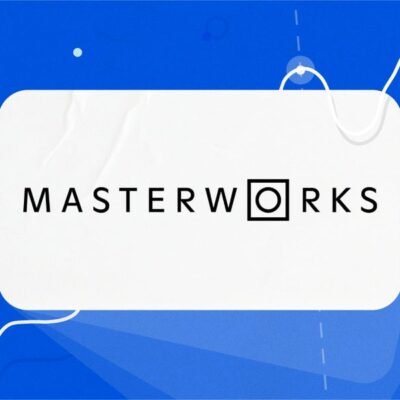What is the fifth AML directive?
The Anti-Money Laundering (AML) Directive sets out a European legal framework to understand and mitigate the risks related to money laundering and terrorist financing (ML/TF). Since January 2020, the fifth Anti-Money Laundering Directive (AMLD51) has been in force across all EU Member States.
As the ultimate aim of the European authorities is a more regulated and transparent global economy, industries they consider as having a higher ML/TF risk are covered by this regulation.
The complex nature of international art-related transactions, its many intermediaries, and the high value of artworks significantly increase the art industry’s ML/TF risk. Therefore, the industry’s actors fall under the scope of the AMLD5.
1 AMLD5, Directive (EU) 2018/843
Who qualifies as an art intermediary under AMLD5?
According to AMLD5, art intermediaries are:
- Persons trading or acting as intermediaries in the trade of works of art, including trade carried out by art galleries and auction houses, where the value of the transaction or a series of linked transactions amounts to €10,000 or more.
- Persons storing, trading or acting as intermediaries in the trade of works of art carried out by freeports, where the value of the transaction or a series of linked transactions amounts to €10,000 or more.
Therefore, art galleries, auction houses, art-secured lenders, freeports, and, potentially, carriers must comply with AMLD5.
What does this mean for art industry actors?
The art industry must comply with the extensive AML framework to prevent ML/TF risks, and set appropriate safeguards that prevent these risks from materializing.
AMLD5 sets out the following obligations for entities in the art world:
AML/CTF e-learning demo for art professionals
To support art professionals’ awareness of the key requirements they need to comply with, we designed interactive and practical anti-money laundering and counter-terrorism financing (AML/CTF) e-learning courses. Take a look at our AML/CTF e-learning demo for art professionals.
Our solution
Art market players are at the dawn of facing new obligations over their Know Your Customer (KYC) duties, compelling them to think and act differently.
Implementing and maintaining these KYC operations internally leads to ineficiencies and high cost of ownership, which is often underestimated. Externalizing KYC activities improves output quality, increases risk management, and accelerates counterparty onboarding.
Main key findings from the Deloitte Luxembourg Art & Finance report
Select insights from the Deloitte Art & Finance report
For further information, discover our selection of articles and case studies written by experts of the art and finance ecosystem.
Visit our Forensic & Financial crime webpage.





